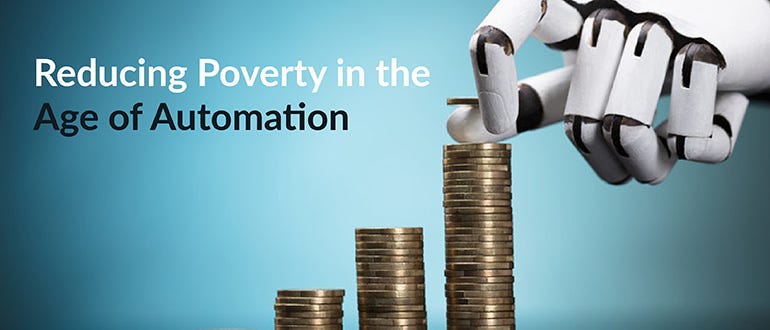It is important to stress that technology alone cannot solve all poverty problems – but it can help.
Technology has the potential to help people out of poverty in numerous ways. Here are some ways in which technology can help.
Access to Education: Technology can provide education and training for impoverished people. Online courses, e-learning platforms, and educational apps can make education more affordable and accessible to people who cannot attend traditional schools or universities. Online learning can also help people in remote or rural areas to access quality education. Online access must be available.
Access to Healthcare: Technology can improve access to healthcare for people in poverty. Telemedicine, mobile health apps, and wearable devices can help people monitor their health and receive medical advice without traveling to a clinic or hospital. This can be particularly helpful for people in rural or remote areas who may not have access to healthcare facilities.
Financial Inclusion: Technology can help impoverished people access financial services and products. Mobile banking, digital wallets, and online payment systems can make banking services more affordable and accessible to people who may not have access to traditional banking services.
Entrepreneurship and Job Creation: Technology can enable entrepreneurship and job creation for impoverished people. The Internet and social media platforms allow people to start businesses and sell products online. This can create jobs and income opportunities for people needing access to traditional employment opportunities.
Disaster Relief: Technology can also aid in disaster relief efforts. Social media platforms and mobile apps can help people quickly connect with emergency services and receive information about evacuation routes and shelters. Drones and other advanced technologies can also aid in rescue and relief efforts.
Access to Hardware: To achieve the above objectives, a method of supplying free PCs, Tablets, and computers is essential. Many such organizations on the Internet can help in poverty areas.
Overall, technology can improve the lives of impoverished people by providing access to the services described above. However, it is essential to note that technology alone cannot solve poverty. It must be accompanied by policies and programs that address the underlying causes of poverty, such as inequality, lack of access to essential resources, and limited opportunities for social and economic mobility.





